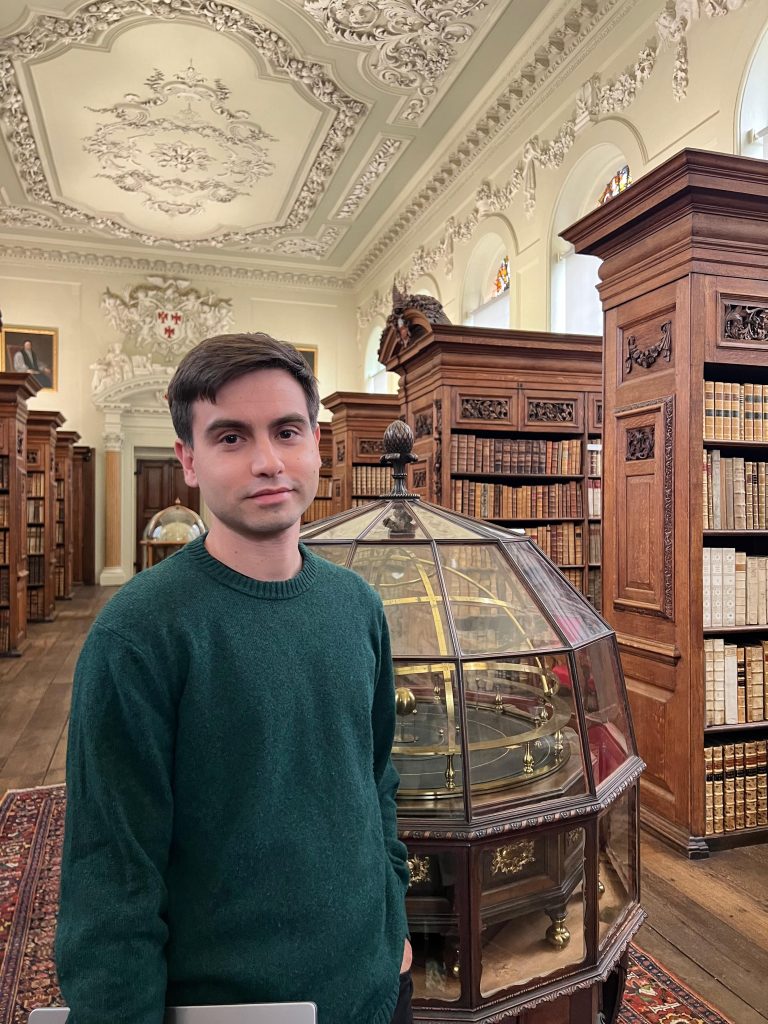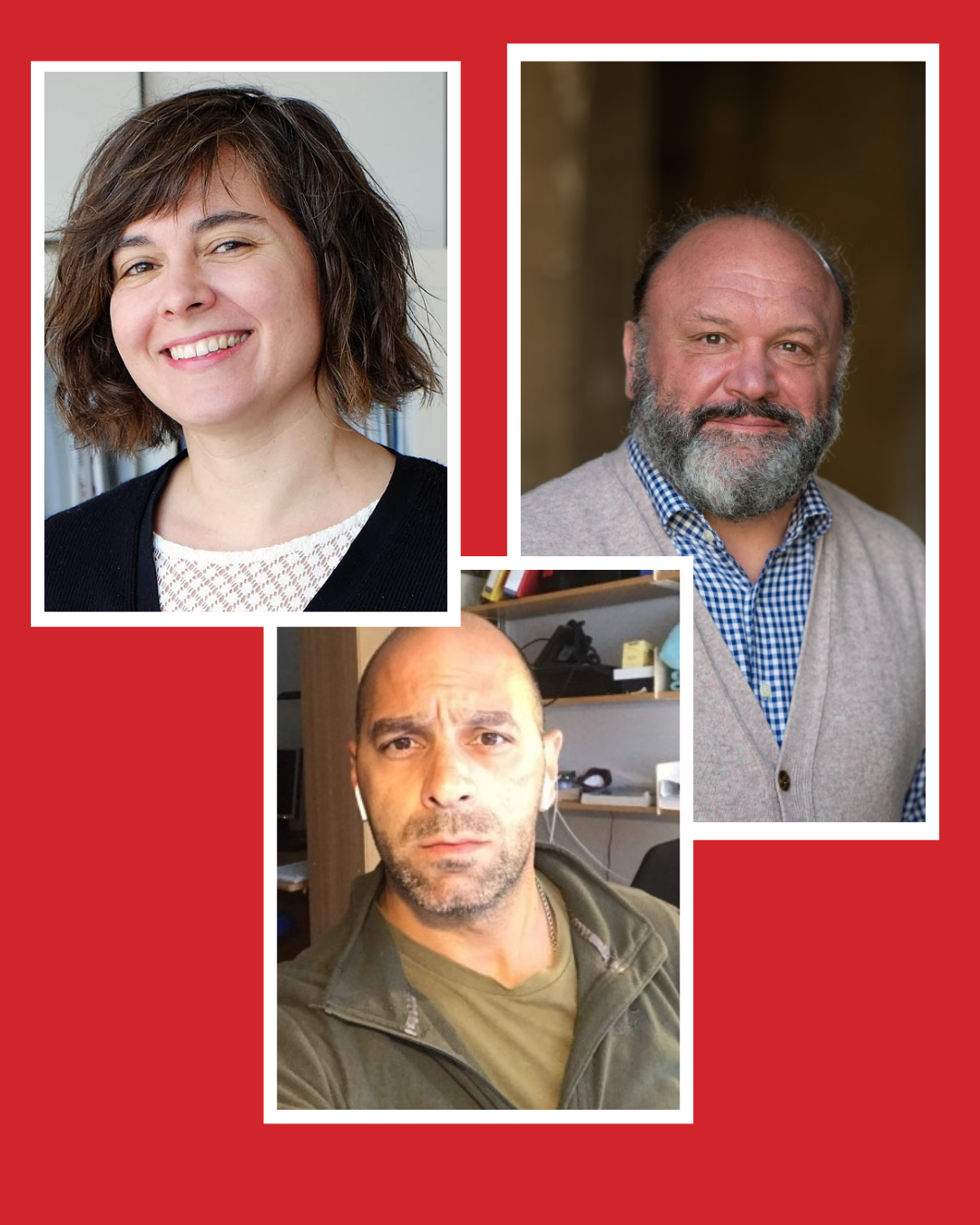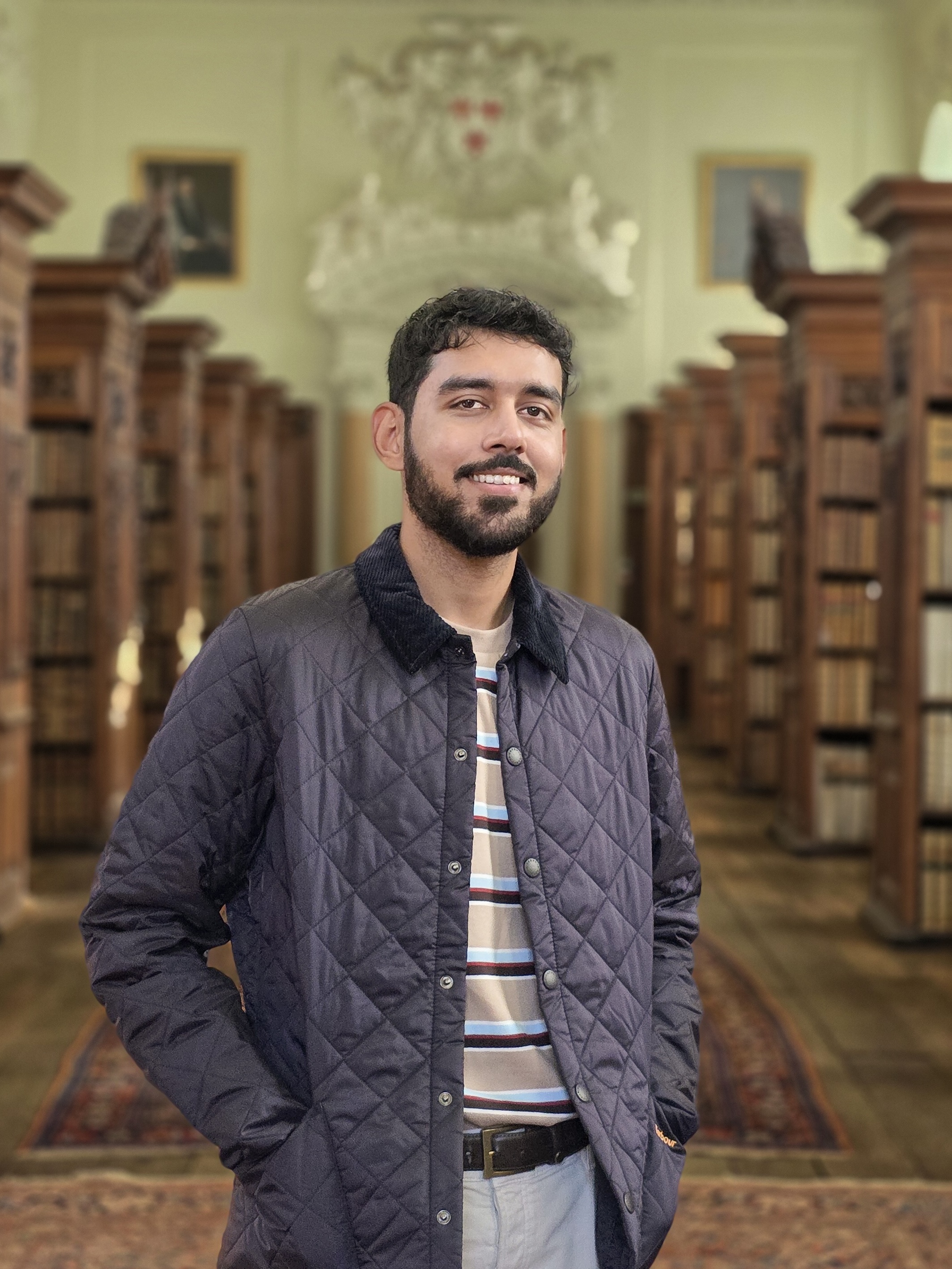We spoke to Dr Josu Aurrekoetxea as he comes to the end of his time as Beecroft Extraordinary Junior Research Fellowship in Astrophysics at Queen’s.
Your research asks some big and fundamental questions, such as ‘how did the universe begin?’; how do you break these big questions down into smaller ones in order to try and find answers?
We have a very powerful framework for studying such questions: Einstein’s theory of General Relativity. It has been remarkably successful in explaining observations across scales—from the dynamics of the planets in our solar system to the evolution and formation of galaxies in the universe. This theory provides the theoretical basis for asking fundamental questions about the origin and fate of the universe.
To break these questions down, we often start with the simplest possible scenarios—what we humorously refer to as “spherical cows”. Once we understand what the mathematics tells us about this simplified version of the problem, we gradually add layers of complexity, always guided by the observational evidence we have.
How do you use computing in your research?
The traditional picture of theoretical physicists working on blackboards, often shown in movies, feels somewhat outdated today. While blackboards are still great for brainstorming and working through ideas, most modern physics research relies heavily on computing for handling complex calculations and analysing data from observatories and experiments. Computers also allow us to create visualisations of simulations, which not only help us better understand what is happening but are also great for presenting in talks. Coding has therefore become an essential skill for physicists.
For example, the equations of General Relativity, which describe phenomena like black holes or the universe itself, can only be solved “with pen and paper” in very specific, simplified cases—often under idealised conditions (those “spherical cows” I mentioned!). To explore more realistic and complex scenarios, we need supercomputers. These machines are fundamentally just adding up zeros and ones, but they do it much faster than we ever could!
Your novel research programme explores the collision of black holes; what have you learned about these events?
We know that black holes inspiral and eventually merge, forming larger black holes. During this process, they emit gravitational waves—ripples in the fabric of spacetime—that cause space to stretch and squeeze in a specific pattern. This pattern, known as the ‘waveform,’ carries valuable information about the colliding black holes, such as their masses and spins. The first direct detection of gravitational waves was made in 2015 using highly sensitive instruments called interferometers. Since then, the LIGO, Virgo, and KAGRA gravitational-wave observatories have detected over a hundred such events, opening a new window into astrophysics where gravitational waves, unlike electromagnetic waves, allow us to observe objects that are otherwise invisible to traditional telescopes.
We also know that roughly 25% of the universe is composed of dark matter, an elusive form of matter that we haven’t directly detected yet. Some black hole mergers are expected to be surrounded by dark matter, leaving subtle imprints on the gravitational waveforms during collisions. In our research, we use supercomputers to calculate what these signatures might look like. What we have discovered is that dark matter can speed up the merger process of black holes and introduce “dephasings” in the expected signal—small shifts in the waveform patterns. Detecting these effects would provide key insights into the nature of dark matter and the environments where black holes reside. We are currently using our newly developed signals to analyse the data obtained by the gravitational-wave observatories in hopes of identifying these dark matter signatures.
What fascinates you most about your subject?
Our ability to use mathematical methods to predict and understand natural phenomena, and then build experiments that can test these hypotheses. Patience is key, as these predictions can take a long time to be verified. For example, it took 100 years from the prediction of gravitational waves to their direct detection. We had to develop instruments sensitive enough to measure the stretch and squeeze of space on the order of one thousandth of the diameter of a proton! A century later, we can now measure such tiny displacements and confidently say they were caused by two black holes, each 30 times the mass of the Sun, colliding billions of light-years away from us.
What have you enjoyed about researching and teaching at Oxford?
As Beecroft Fellow and eJRF at Queen’s, I have been fortunate to have complete freedom in my research. This has allowed me to explore new directions and broaden my expertise. The vibrant atmosphere, with many postdocs, visiting researchers, and seminars, makes it an exciting place to work. Teaching at Queen’s has also been incredibly rewarding—getting to know the students, witnessing their progress, and seeing the next steps they take in their careers.
What is your favourite thing about Queen’s?
I really enjoy the many opportunities the College provides to meet students, Fellows, and Old Members. The staff are fantastic; they have always been incredibly helpful. My favourite place in College is the Upper Library, where I have spent many hours seeking inspiration for writing articles and research proposals.
Can you recommend a book?
The book that first caught my attention in theoretical physics was the classic A Brief History of Time by Stephen Hawking. I remember being fascinated when I read it in high school. Recently, I read Comets, Cosmology and the Big Bang, a historical book that discusses the contributions of Edmond Halley and Edwin Hubble to astronomy—both of whom were Old Members of Queen’s! Up next on my reading list is The Perfect Theory by Oxford cosmologist Pedro Ferreira, who is both a great scientist and communicator.
I also enjoy watching scientific content on YouTube, where there is plenty of material available. Channels like MinutePhysics, Veritasium, and DrBecky (among many others) make complex topics accessible to a general audience and are fantastic resources for anyone interested in diving into science.
What’s next for you?
I am super excited to be joining the Center for Theoretical Physics at MIT as the inaugural CTP postdoctoral Fellow this October. Many groundbreaking advances in early universe cosmology and gravitational waves have been developed there, and I am looking forward to contributing my expertise to the department’s research, while also expanding my network of collaborators in the US. That said, I am leaving a few textbooks behind in Oxford that won’t fit in my suitcase, so it won’t be long before I am back at Queen’s for a visit!



